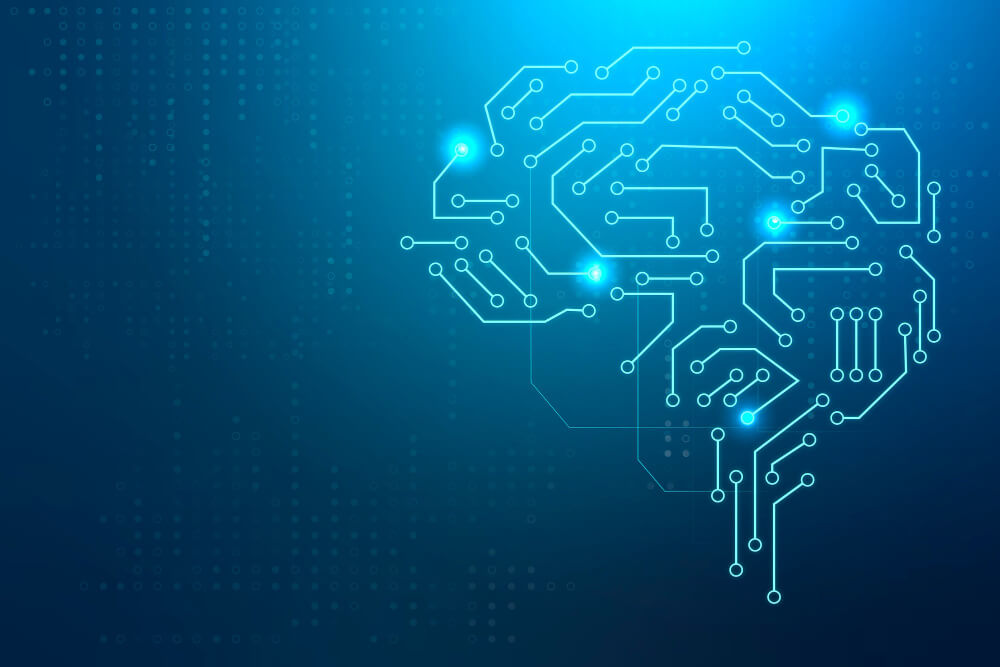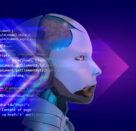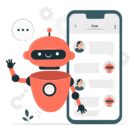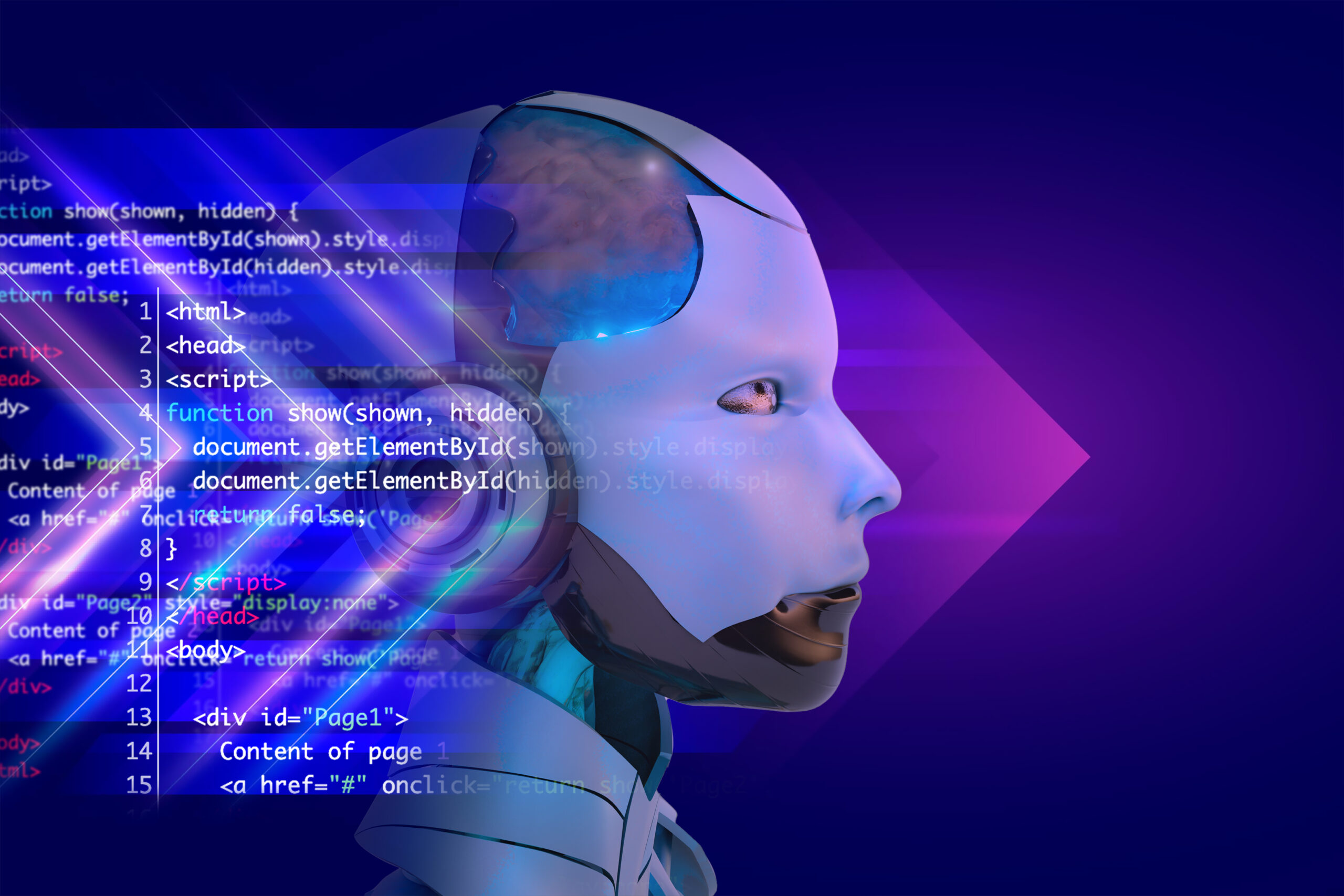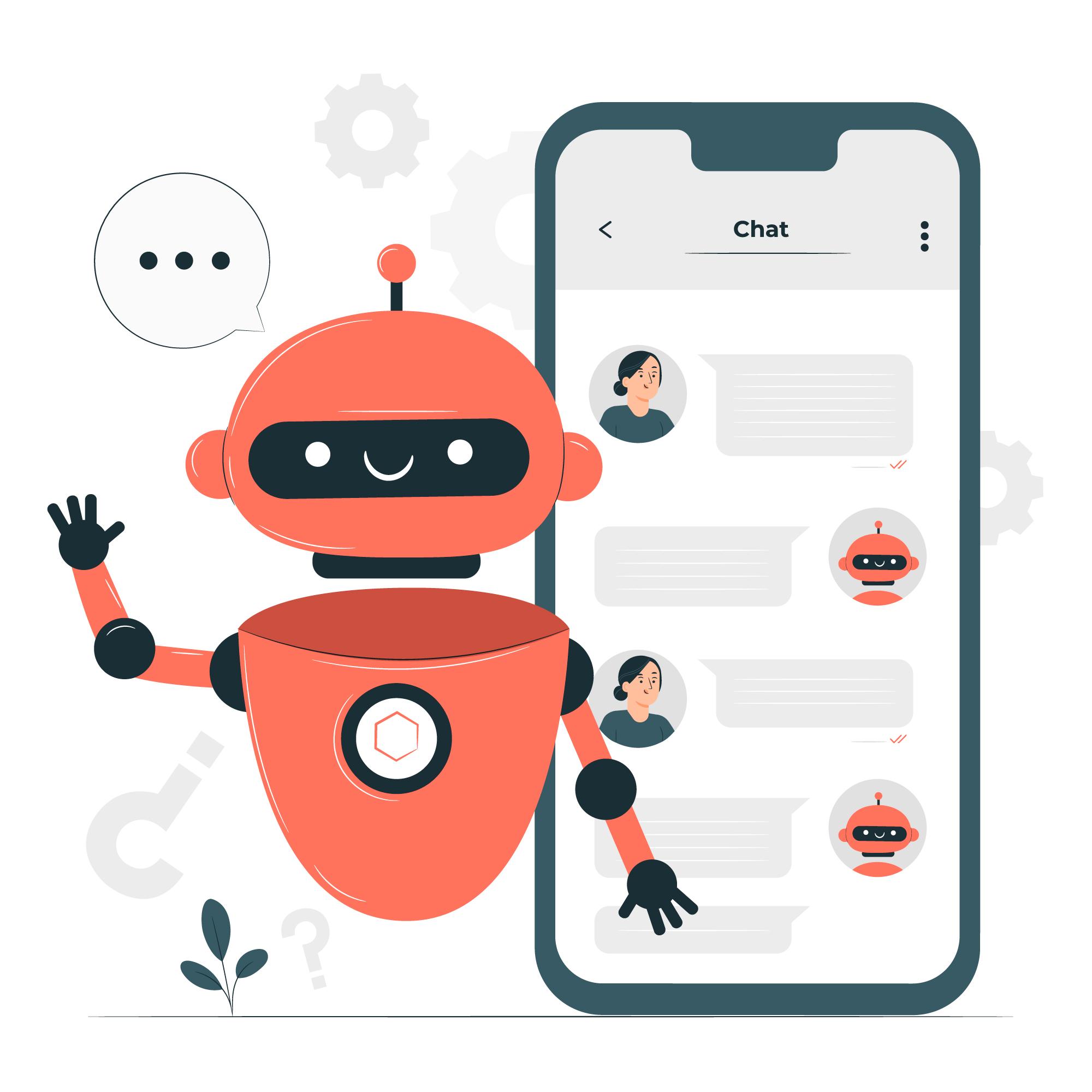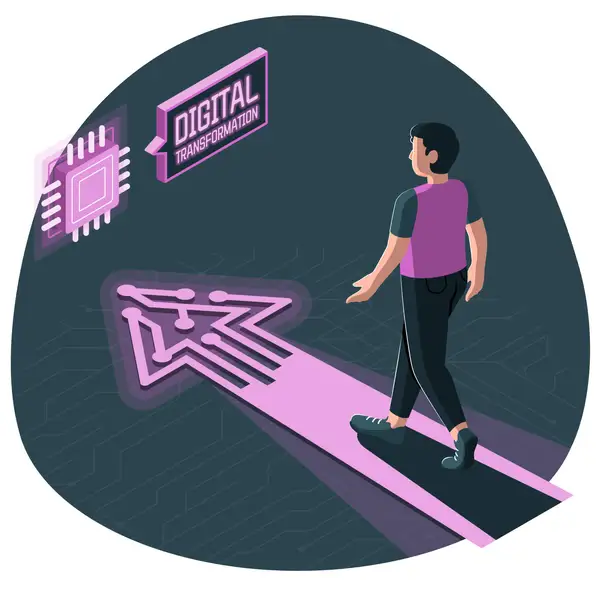When computers are programmed to perform many functions that require human intelligence, like voice recognition, decision-making, translation between languages, and conversational information, this is known as artificial Intelligence. In this article, we will get brief information on artificial intelligence‘s background, branches, related fields, and main applications so that a beginner understands the new technology in a better way and can accelerate his productivity 10x. Is artificial Intelligence going to take over human jobs? This is the most frequently asked question nowadays, and we will try to figure out the answer to this question together.
Here are some basic parts that will be very helpful in grasping this evolving technology.
- Background of Artificial Intelligence
- Artificial Intelligence and us
- Branches of Artificial Intelligence
- Machine Learning
- Natural language Process
- Computer Vision
- Robotic
- Expert Systems
- Fuzzy logics
Let’s see these fields of AI and how they become a wave of change for us
1. Background of Artificial Intelligence
Adolf Hitler attacked Poland from the West, which helped the U.K. and France declare war on Germany. Destruction shook the people’s instincts, and in 1915, the first computer. was developed to disrupt German communication. The result of these actions was World War 2. The concept of “Can Machines Think?” first surfaced in a paper written by Alan Turing, which laid the groundwork for artificial intelligence.
When the internet first entered our lives, we were supposed to understand that human occupations would become more automated, and people were scared that their jobs were in danger. But the use of computers has changed the human world, and Mark’s next question is on artificial intelligence. I have been reading the news for the past few days. A Canadian woman’s job was taken by an AI tool, and she remained unemployed for three weeks. On the other hand, I have seen extensive use of AI increase the business of many IT personnel and companies, let’s have a brief look at how AI evolved
2. Artificial Intelligence and the US
AI is a man-made brain. The scope and help of AI are immeasurable, so no action should be taken. The first step is to understand and accept that AI is here to transform our lives. The second step is to learn how it can enhance our work with its applications and extensions. It is hard to cover all the parameters of a single topic, but a few glimpses can awaken the reader’s eye.
AI is a simulation of Human intelligence in machines, and they start solving problems like humans, In other words, AI is a blend of technologies and approaches like machine learning, Natural Learning processing, robotics, and many others. The primary goal of AI is to perform functions that require human intelligence. AI brings new ethical concerns and challenges, but it is still revolutionizing our daily lives.
3. Branches and Fields of Artificial Intelligence
We categorized AI into four basic types based on their functions.
- Reactive Machines AI
- Limited Memory AI
- Theory of Mind AI
- Self-aware AI
- Reactive Machines: AI
Reactive machine systems generate output according to the input without involving the memory; for example, if it takes a particular customer’s data, the recommendations would be similar to that customer’s data.
- Limited Memory AI
Unlike reactive machines, AI uses short-lived, or temporary, memory to analyze previous experiences for future suggestions; that is why it is named limited memory. AI, for example, in self-driving cars uses sensors to detect civilians, traffic signals, and road breakers and make sure the driver is accident-free.
- Narrow (weak AI)
This AI theory is not fully formed yet, but many studies are being carried out on it. This refers to AI systems that are predefined to perform certain tasks and cannot adopt or function other than their programmed skills. Weak AI is specific and limited, like the recognition of facial expressions and different chatbots and conversational assistants.
- Self-aware AI
Self-aware AI is also called the Theory of Mind, where humans try to program machines in a certain way that can easily predict and comprehend human psychology like desires, intentions, and other mental states. This remarkable achievement made AI more interactive and useful than ever before but anyhow, Luckily, humans have failed to instil full consciousness in these machines, and it is difficult to describe whether this is a good or bad thing for humankind.
4. Machine Learning ( ML )
Machine learning is a sub-branch of Artificial Intelligence and comes under its umbrella. Both terminologies are interchangeable but not quite similar, Machine Learning is a system that uses algorithms to analyze large amounts of data and learn from it with time and the experience of user inputs. The main difference between AI and ML is the usage of data, ML uses only structured and semi-structured data, while AI uses and can work with all data forms.ML has helped the world with every possible emerging opportunity by creating automated tasks and unlocking many complex issues, As more data is provided to it, it becomes better and more insightful
5. Natural Language Processing (NLP)
NLP, along with ML, deep learning models, and different computational languages, collectively enable this technology to understand the text and voice of human beings with tone, intention, and emotions. it also has the unique quality of summarizing the large volume of spoken commands Moreover, it can change or translate human commands from one language to another. Humans take years to learn a new language and come across ambiguities in it, but programmers have enabled NLP to understand the different idioms and sarcasm in it.
6. Computer Visions
Sophisticated intelligent software has replicated the human brain, but how can tech evangelists forget to train our computers to work like our eyes? Yes, you understood right, As the name suggests, computers can scan, analyze, and give suggestions on objects. They can now respond to images like ours, and by 2030, this field of AI will take industries to new heights and be able to generate lucrative revenue for them.
7. Robots
All the 90s and 80s kids can visualize robots because they have seen concepts of robots quite often in famous cartoons. Unlike AI, robots do not acquire intelligence like the human brain. They are trained to perform predictive, repetitive, and heavy tasks that humans find boring, tiring, and hatable, like lifting heavy machines and luggage.
8. Expert Systems
This field of AI covers and aids human decision-making capabilities. Where humans get influenced by tiredness and emotions, AI expert systems work tirelessly and are able to perform complex tasks. Humans can provide them with accurate and complete knowledge to get perfect and expert advice. Suggestions from Expert systems are nearly always accurate and effective because they are based on facts and figures, plus enormous amounts of data that help them understand the Problem and the solution.
9. Fuzzy Logics
It is a field of AI that can drag you out of confusion and replace uncertainty with certainty. Linguistic variables and different mathematical technologies are involved in the solution. Reasoning and the right decision between true and false are domains of fuzzy logic.
Artificial Intelligence and the Web 3.0 Metaverse
AI is part of Web 3.0, and the Web 3.0 metaverse‘s main purpose is to combine the physical and virtual worlds. AI has changed all cognitive parameters of Web 3.0 and enhanced user-machine interactions, content recommendations, and user privacy and security issues. like AI will change user interaction by providing more personalized recommendations through deep-learning algorithms and advanced analysis capabilities.
- Smarter Apps and More Intelligent NFTs
- More content safety
- Relevance advertisements.
Conclusion
In this complete guide, we learned about how AI encompasses various technologies and keeps humans at ease in every aspect of life. But this technology has also challenged humans, which is alarming and the talk of the town, but its profound contributions are relentless. AI is the future, and we thus need to learn through the many courses available online. AI is also mitigating the potential risk, and despite that, it is a transformative force for better lives.
